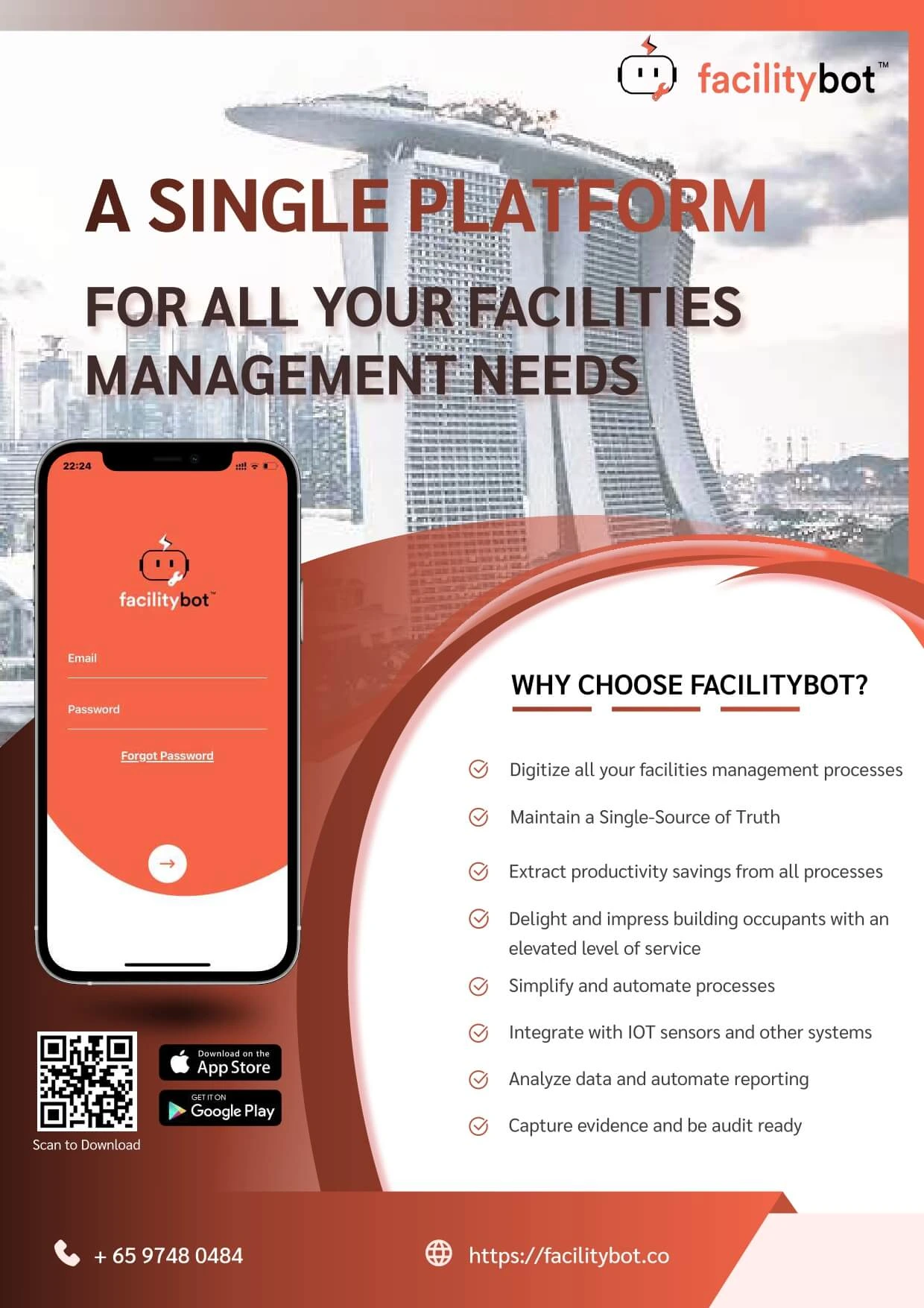Introduction: As technology continues to reshape the landscape of facility management, the adoption of CMMS (Computerized Maintenance Management System) is rapidly gaining momentum as a powerful alternative to traditional maintenance methods. In this enlightening article, we delve into the myriad advantages of making the switch from traditional maintenance to CMMS-driven approaches. Through compelling use case studies and comprehensive comparisons, we aim to showcase how CMMS revolutionizes work order management, asset tracking, and overall maintenance efficiency. Emphasizing the benefits of data-driven decision-making and the user-friendly nature of CMMS, we explore how this modern solution empowers facility managers and technicians alike. The content will be thoughtfully organized and insightful, offering valuable guidance to facility managers considering embracing CMMS for enhanced facility management.
1. Work Order Management: From Chaos to Clarity
Managing work orders effectively is the lifeline of any facility management operation. Traditional maintenance relies on cumbersome paper-based systems or spreadsheets that often result in lost or misplaced orders, leading to delayed repairs and disrupted operations. By contrast, CMMS streamlines the work order management process, ensuring a seamless workflow from initiation to completion. Facility managers can create and assign work orders with a few clicks, and technicians receive automated notifications on their mobile devices, enabling swift action. Real-life case studies will illustrate how CMMS reduces work order turnaround time and enhances overall maintenance efficiency.
For instance, a large hospital facility struggled with managing work orders for its extensive equipment and systems. Adopting CMMS brought significant improvements, with technicians receiving timely work assignments and patients experiencing reduced downtime for critical equipment, leading to enhanced patient care and satisfaction.
2. Asset Tracking: Empowering Better Asset Management
Effective asset management is essential for facilities to optimize equipment performance and minimize downtime. Traditional asset tracking often involves manual record-keeping, making it challenging to maintain accurate and up-to-date asset information. CMMS centralizes asset data, providing a comprehensive repository of equipment details, maintenance history, and warranties. Facility managers can effortlessly track asset lifecycles, schedule preventive maintenance, and identify underperforming assets for timely attention.
Consider a manufacturing plant facing frequent equipment breakdowns and high maintenance costs. By adopting CMMS, the facility manager gains valuable insights into asset health, identifying a specific machine that required more frequent repairs. Armed with this knowledge, the plant proactively performed preventive maintenance, ultimately reducing equipment downtime and avoiding costly breakdowns.
3. Maintenance Efficiency: Data-Driven Decision-Making
In today’s data-centric world, informed decisions are paramount to successful facility management. Traditional maintenance often relies on gut feelings and reactive responses to equipment issues. CMMS, on the other hand, leverages data analytics to facilitate data-driven decision-making. Facility managers can access maintenance histories, performance trends, and failure patterns, enabling them to predict maintenance needs and allocate resources more efficiently.
For example, a commercial office building integrated CMMS to monitor the HVAC system’s performance. By analyzing data trends, the facility manager identified a pattern of increased energy consumption during specific hours. Armed with this insight, the facility manager optimized the system’s schedule, resulting in reduced energy costs and increased overall energy efficiency.
4. Ease of Use: Empowering Facility Managers and Technicians
The transition from traditional maintenance to CMMS may seem daunting, but CMMS platforms prioritize ease of use. Traditional systems often require extensive training, leading to delayed implementation and potential user errors. CMMS software, however, boasts intuitive interfaces and user-friendly navigation, requiring minimal training for facility managers and technicians to become proficient.
With CMMS, technicians can quickly access work orders, update maintenance tasks, and submit reports through user-friendly mobile applications. The simplified user experience enables technicians to focus on the job at hand, enhancing maintenance efficiency and reducing administrative burdens.
Conclusion: A Transformational Step Forward
In conclusion, the advantages of switching from traditional maintenance to CMMS-driven approaches are substantial. The streamlined work order management, efficient asset tracking, data-driven decision-making, and user-friendly interfaces position CMMS as the future of facility management. Embracing FacilityBot, our leading CMMS software, unlocks the transformative power of modern facility management. By transitioning to CMMS, facilities can achieve unparalleled efficiency, reliability, and cost-effectiveness, ensuring maximum success in facility management. It’s time to seize the CMMS advantage and embark on a journey of unprecedented success in facility management.




